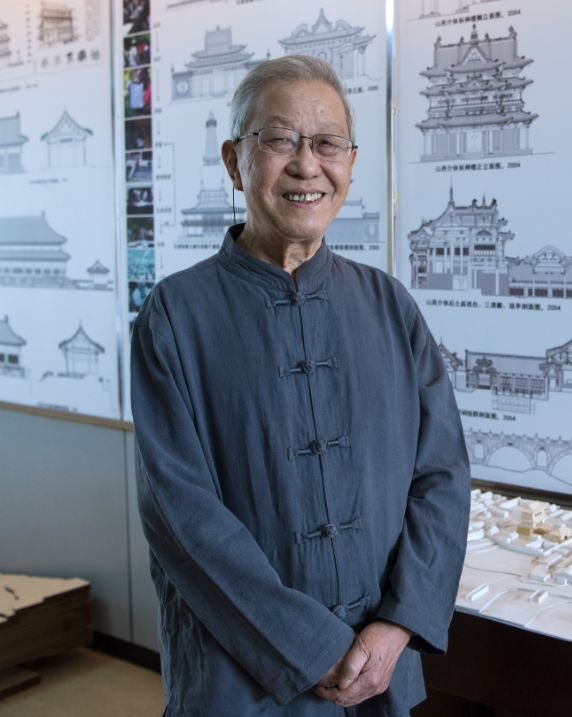The architectural method and situation theory of the eastern Mausoleum of the Qing Dynasty are closely related.
Wang Qiheng, a famous Chinese ancient architect and first-class registered architect, was born in 1947.
Aerial view of the eastern Mausoleum of the Qing Dynasty (edited by China Architectural Culture newsletter: Zhang Zhucun)-.
The landscape design is considered in the design of the ancient architecture of the Forbidden City.
Tai’an Dai Temple and the eastern Mausoleum of the Qing Dynasty have a bird’s-eye view of the Forbidden City from Jingshan.
He enjoys the national special allowance, the winner of the “Architectural Education Award”, the ancient architect awarded by Tianjin municipal government and the vice president of China forbidden city society.
In Chinese traditional culture, architecture is subordinate to the environment.
Value and significance in all groups and in the existing environment.
The design of group is also far better than that of western group.
For example, the base site and central axis of the mausoleum must be comprehensively and carefully weighed against various landscape factors such as the bottom view and the opposite view, so as to be finally optimized and determined.
The space-time transformation of the shape and potential of the classical gardens in the eastern Mausoleum of the Qing Dynasty.
The concept and scale limitation of form and potential are based on the perception of spatial composition in close view and far view, and they have relatively static characteristics in time and space.
It should be said that architecture is silent music, which is a flowing space.
The landscape in the palace gate of the Forbidden City the concept and relationship between the shape and potential of the Forbidden City: its basic concept is Confucius’ Dialectics “buckle its two ends”.
Wang Qiheng is a professor and national famous teacher in the school of architecture of Tianjin University.

The site selection of ancient Chinese architecture attaches great importance to the organic combination of architectural humanistic beauty and landscape natural beauty.
In the west, the environment is subordinate to architecture.
Yasong space shapes a better life.
The landscape in the space-time movement from near to far or from far to near, that is, the middle view between the far and near poles, has strong dynamic characteristics, full of contradictory movement and mutual transformation between near and far, large and small, group and individual, whole and part, outline and detail, that is, potential and form.
We always say that architecture is solidified music.
Therefore, the landscape art treatment of the middle view should carefully grasp the space-time transformation of potential and form, and skillfully make planning in the sequence organization of spatial groups, regardless of looking ahead and looking back, so as to enrich the continuous comprehensive impression obtained during the movement and become the “Grand View of the mind”.
In group space, form and potential coexist; To coordinate their relationship, we should focus on the overall pattern of spatial composition and the boldness or personality characteristics of remote effect, and then deal with individual, local and detailed spatial composition and its close effect.
He is now a professor of the school of architecture of Tianjin University and a national famous teaching teacher.
Chinese architecture is unified in time and space, and we can feel Zong Baihua’s “space guided by time” in all architectural spaces.
Chinese people look at a building in an all-round way.
This kind of design has traveled all over the world, only in ancient China, but not in modern China; Not in modern Europe, nor in ancient times.
Chinese tradition emphasizes the concept of form and potential.
The Royal Architectural Design affairs in the Qing Dynasty usually began from the site selection.
Form and potential, that is, the opposite spatial composition and visual perception effects of near and far, large and small, individual and group, local and overall, detail and outline, are complementary and can be transformed into each other.
This is different from many design methods and theories brought to us by today’s western architectural concept, western education system and Western architectural creation practice.
The environment is the noumenon of architectural creation, including natural environment and existing humanistic environment.
For example, the role played by the mountains in the background and the background.
Chinese civilization pays attention to the inheritance of words, and the architectural concept is very advanced, which can fill the voice of the world in the design concept.


